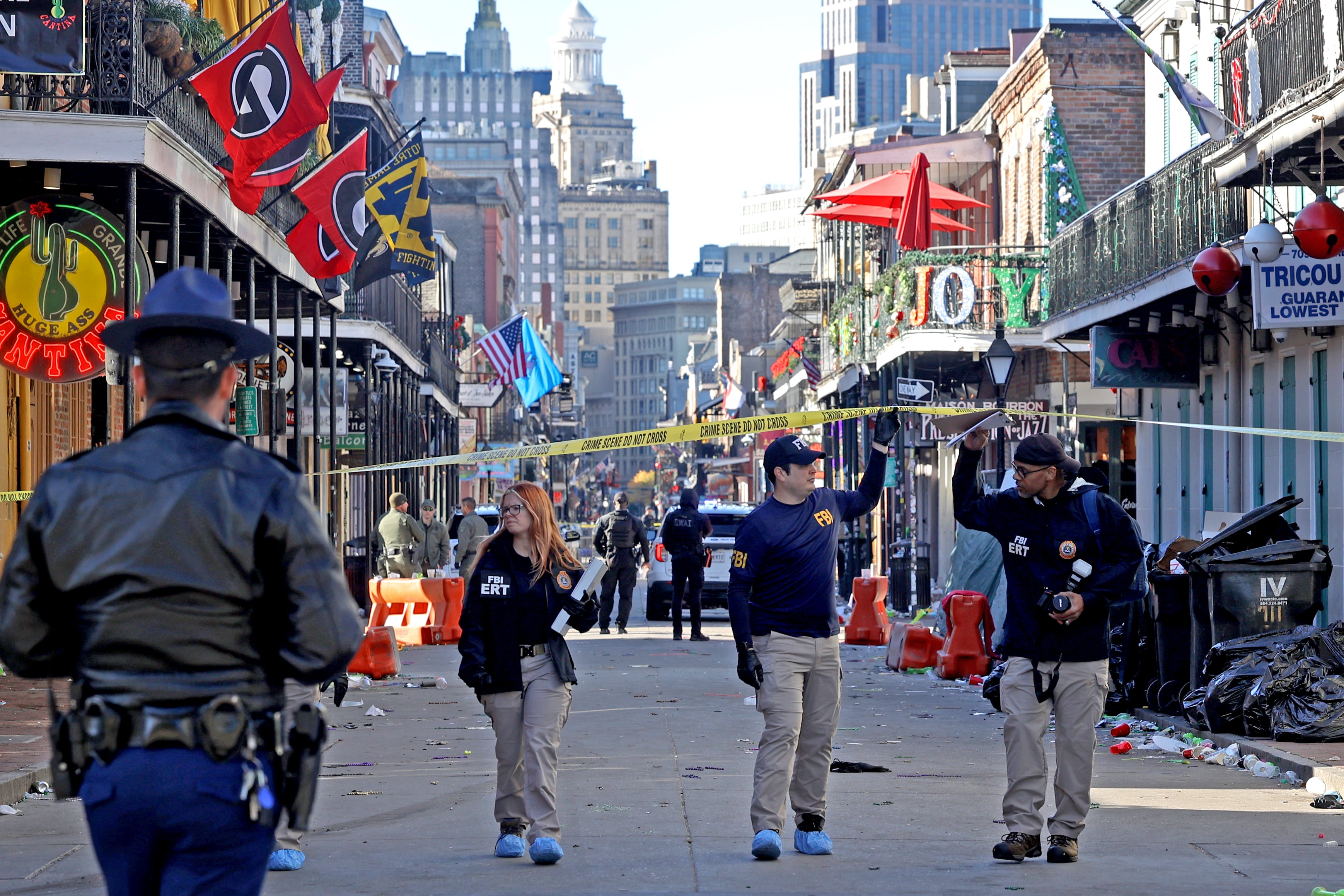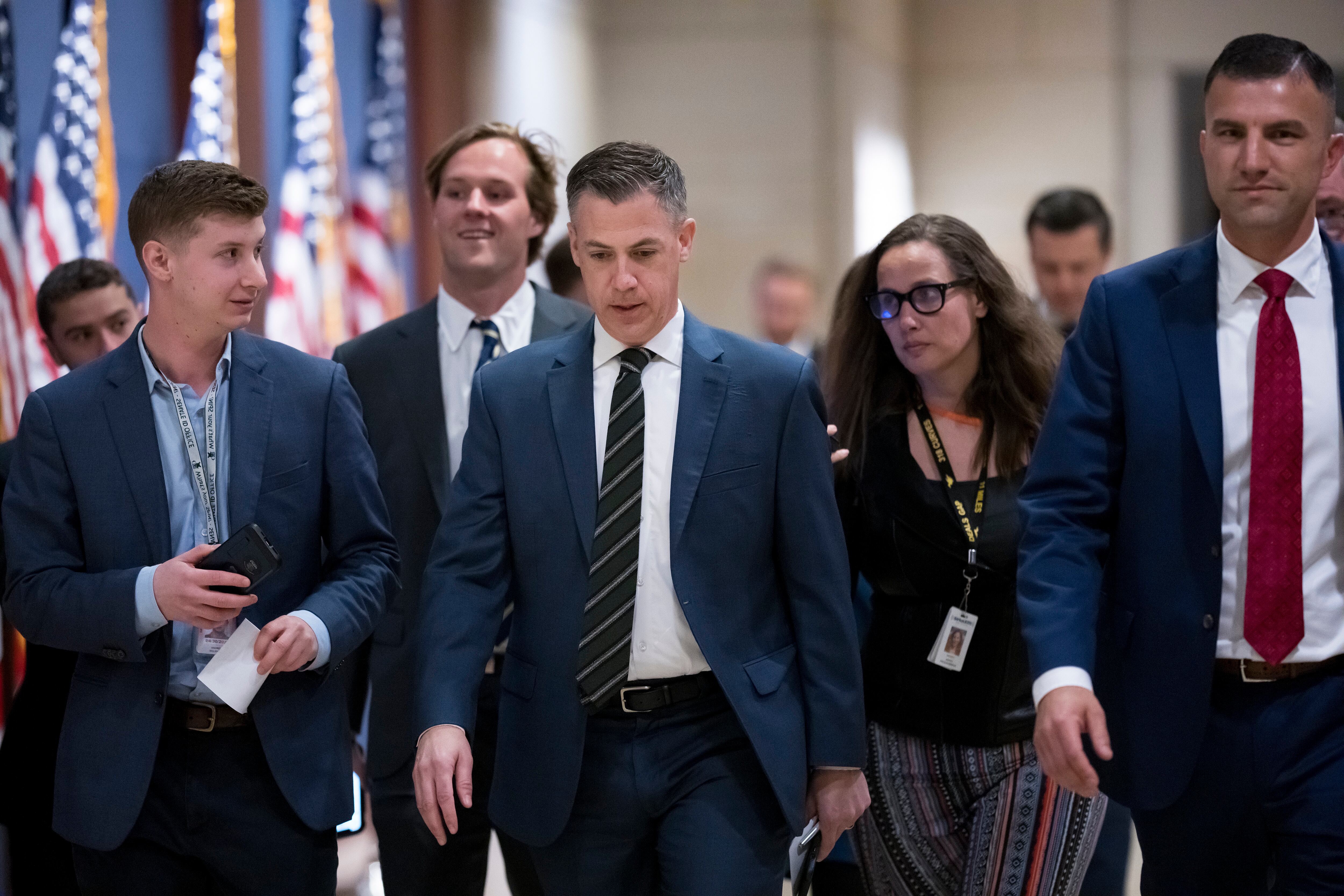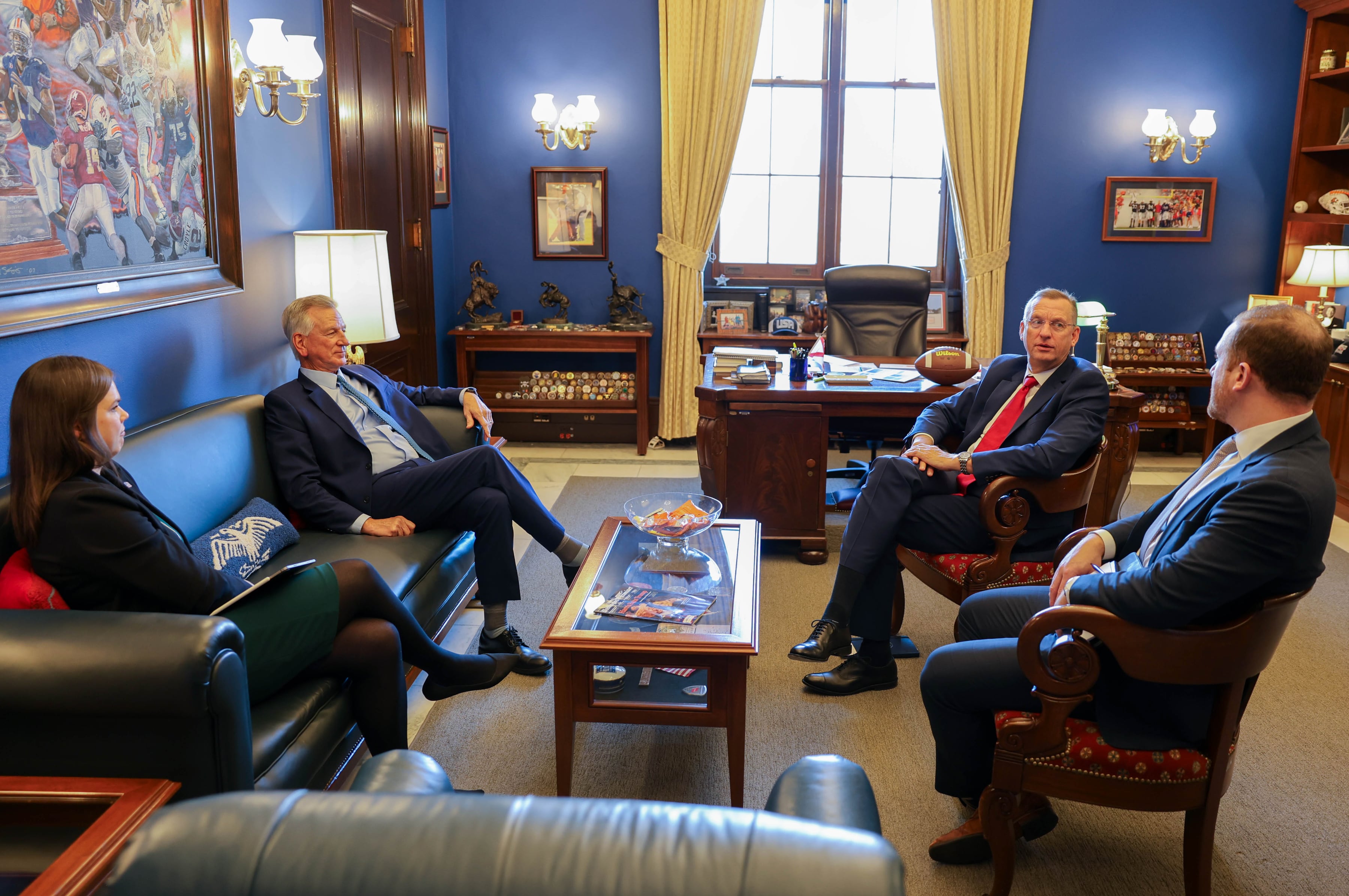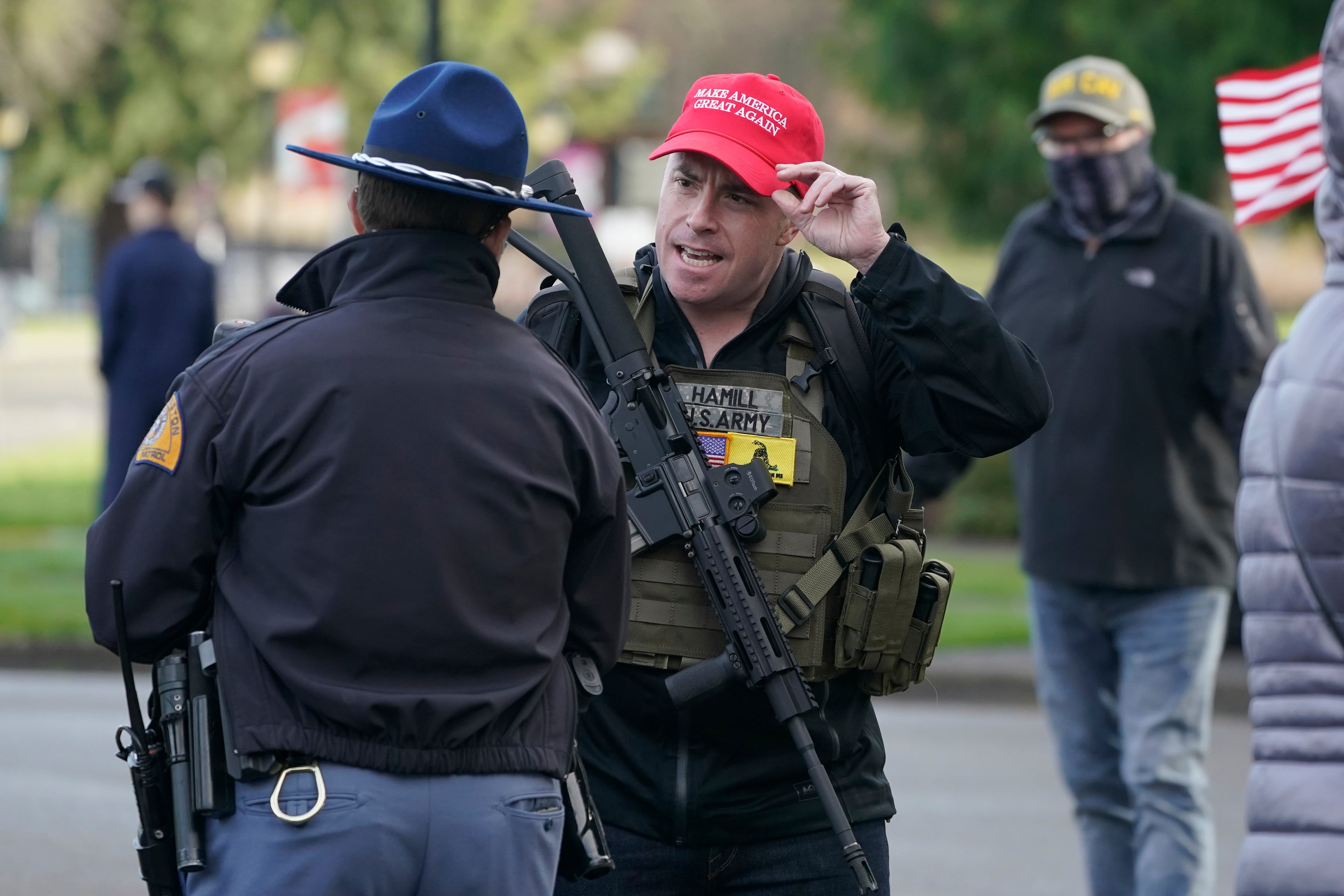In April in Millington, Tennessee, a cadre of master chiefs was wrapping up the E-9 selection board, an annual rite when the fleet’s most respected sailors convene behind closed doors to select a new crop of senior enlisted members to lead the chiefs mess.
But just as the list of new master chiefs was being finalized, top Navy officials received a stunning email from an anonymous whistleblower. The explosive allegations claimed that at least two of the board-sitting master chiefs had conspired to violate board rules and lobby outside the Navy’s traditional selection process to advance their preferred senior chief.
The whistleblower’s email reported “irregularities and wrongdoing” by at least two board members who “connived” with a retired master chief to “pad the points and misrepresent the achievements” of the sailor they aimed to secretly get promoted, according to Navy documents.
The allegations also said the master chiefs had barely concealed their illegal plot and discussed it openly with others. Several other master chiefs on the board knew about the effort, but looked the other way and failed to report the misconduct, according to Navy documents obtained by Navy Times.
RELATED
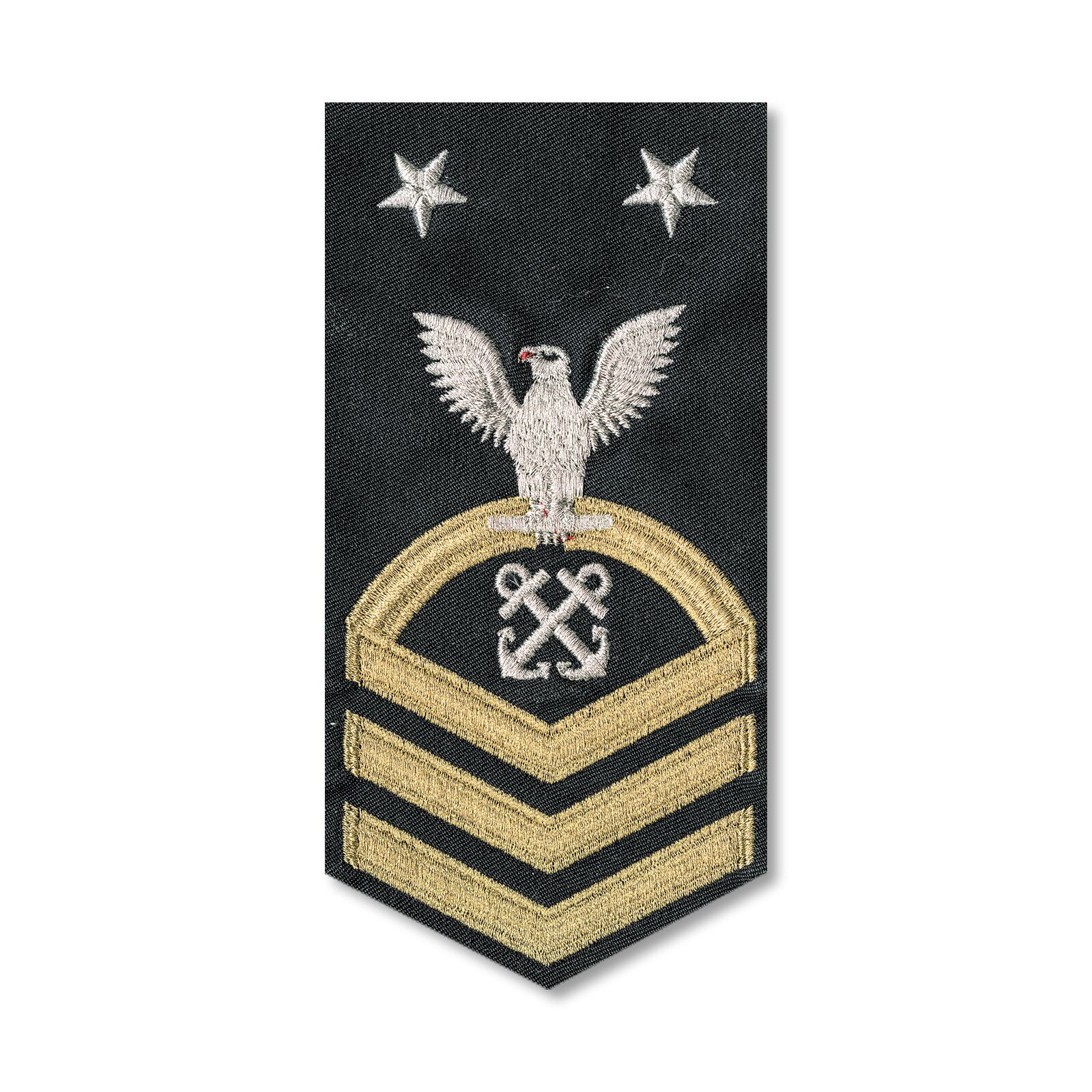
The allegations threatened the integrity of the Navy’s selection of senior leaders and, in effect, undermined the trust of the chiefs mess.
It prompted the top officer at Navy Personnel Command, Rear Adm. Richard Brown, to immediately shut down the board and launch an investigation.
Navy Times recently obtained a copy of the Navy’s official investigation into the plot to compromise the E-9 selection board, which ultimately led to the summary court-martial of two master chiefs in June, who were reduced in rank to E-8.
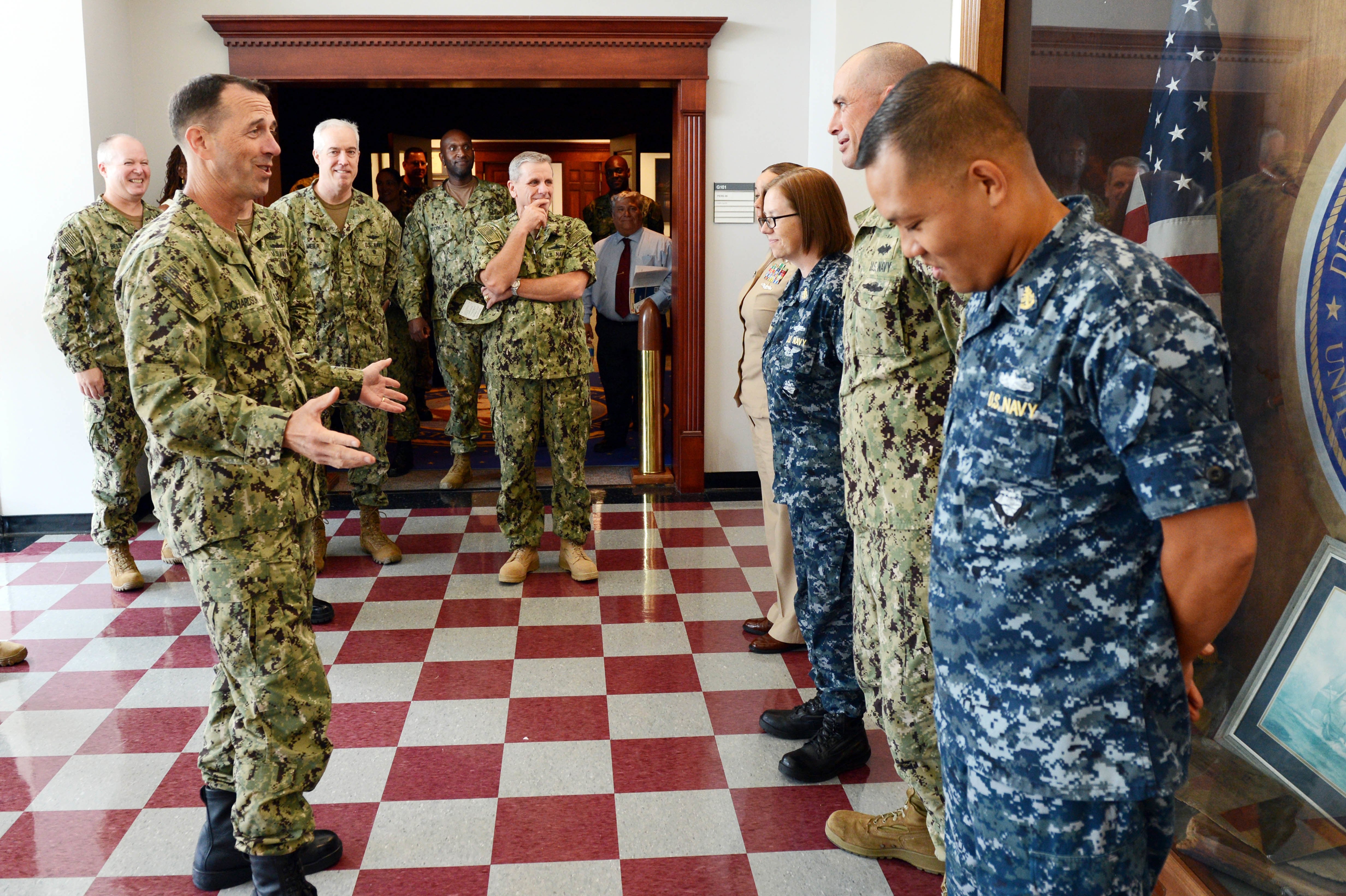
“It just makes me sick to my stomach,” said one retired Navy official familiar with the investigation, who spoke to Navy Times on condition of anonymity.
“It’s amazing to me that these master chiefs can be so arrogant as to think that the rules don’t apply to them.”
The copy of the investigation and the incriminating emails it uncovered were heavily redacted. Blocks of black ink concealed the names of the master chiefs involved and withheld many details of the board’s secret deliberations.
Nevertheless, the documents offer a view into the secretive process and the effort by several sailors to manipulate the outcome in favor of a friend.
It shows willful misconduct by current senior enlisted sailors and one retired master chief who ignored the rules and saw nothing wrong with discussing their effort openly with other chiefs.
CLEAR VIOLATIONS
The rules governing selection boards are widely known. Navy officials tell the senior enlisted sailors who are tapped to serve on annual boards that they are prohibited from divulging any information about board proceedings.
Mandatory online training hammers home the need for secrecy, instructing board members to never discuss matters with fellow board members outside the closed-door work spaces in Millington.
Sailors on the board can never, at any point, discuss the deliberations with individuals who are not affiliated with the selection board process, even after the board concludes.
Board members swear an oath to abide by these strict guidelines, and that obligation to complete secrecy is never rescinded.
Once a board concludes, all records of any kind — to include deliberations — are sealed forever. Board members sign documents stating they will comply with these rules or face “the full range of disciplinary and/or administrative actions.”
Yet those rules were clearly disregarded and violated multiple times by at least two sailors, according to the investigation. Others also violated these guidelines by being cognizant of, yet not reporting, the illegal behavior surrounding the process.
Investigators discovered that the entire plot was primarily orchestrated by a retired master chief who served as a mentor to one of the two active master chiefs punished for the scheme.
The two master chiefs who were convicted were veterans of multiple selection boards and knew these rules well, the investigation concluded.
But according to phone records and text messages obtained by Navy investigators, the two master chiefs in question threw the rules out the window in the weeks before the board convened, and were openly discussing the board and their plans to help a specific sailor.
Those communications between one of the master chiefs and the retired master chief continued throughout the board process and culminated with a phone call from the active board member to the retired master chief to report their successful effort to get the sailor they had been lobbying for selected for promotion to master chief.
The active master chief on that call, after initially denying any wrong doing, eventually came clean with investigators, admitting, “my biggest mistake was releasing his name,” according to his voluntary statement. “I got so comfortable talking to him that I forgot about restrictions about what I can say to him.”
The active-duty master chief also denied he was trying to influence the board in any way, but investigators arrived at a different conclusion.
The master chiefs on the panel routinely discussed board business at lunches and at a Saturday barbeque that the panel held at a private residence in Millington, according to the investigation.
Though it’s clear that board business, as well as candidate information, was discussed in these social settings, many who were present deny hearing any discussions at all, saying they would have reported it if they had.
Investigators interviewed the aspiring E-9, on whose behalf the fix was carried out. The senior chief was up for advancement this year in one of 10 ratings where only a single advancement quota was available, the whistleblower said in his email.
In his statements, the sailor admitted that he talked to the retired master chief involved in the effort to undermine the board and that the retired sailor had reviewed his record with him and helped him prepare for the board.
But Navy investigators found no evidence that the sailor up for advancement was aware of the plot, and no one communicated to him that he had been selected.
Since investigators concluded that the senior chief was oblivious to the corruption, this sailor remaind in the mix for consideration when the reconvened board met this past July. The sailor faced no discipline himself and Navy officials declined to say whether he was ultimately advanced to E-9 by the new board.
THE ADMIRAL’S RESPONSE
The whistleblower’s initial email landed on the desk of Brown, the top officer in Millington.
In a recent interview, Brown said the decision to immediately shut down the board was the right thing to do.
“I hold our board process sacrosanct,” Brown told Navy Times in a Sept. 15 interview.
“The fleet must have full trust and confidence that our board process is nothing but fair and that every sailor gets that fair look based on their record and their performance, and nothing outside of what’s in their official military performance file is considered or allowed to influence that process.
RELATED

“Because if there’s a perception out there from anybody that board members are colluding with each other and getting the people they want advanced, regardless of whether they are the best and fully qualified, then we lose the trust and faith of the fleet and we can’t have that.”
Brown stressed that the process of the board isn’t what’s secret, but that it’s the consideration of individuals and their service records and the details that determine the selections of individual members.
Brown agreed that never before in the Navy has any breech of board procedures on this level been found.
“That’s why when we got the email from the anonymous source, we jumped on it,” he said.
“At first, I wondered if shutting down the board was an overreaction, but as we watched the information come in on this, I am so glad that we did shut it down, because this process has got to be 100 percent fair and above board, regardless of the financial cost and the difficulties caused by rescheduling and starting over.”
THE RETIRED MASTER CHIEF
The investigation concluded that the two master chiefs on the board were heavily swayed by the retired master chief in San Diego, who was also discovered to have lobbied other board members.
The retired master chief admitted to Navy investigators that he sent text messages to another board member on April 6 while deliberations were ongoing.
“One of the Navy’s very best,” the text message from the retired master chief said. “Overlooked for far too long…your caliber Sailor.”
He also attached a photo he had taken of a service record page documenting the training his preferred E-8 had undergone.
“I know [the senior chief up for advancement] and thought him to be a great candidate to be a Master Chief, and I wanted to communicate my opinion to [a board member],” the retired master chief told investigators in a statement which was among the documents obtained by Navy Times.
“At the time I did not think I was doing anything wrong and I was not attempting to influence [the sitting board member].”
But the investigating officer found that his claim lacked credibility.
“Although [the retired master chief] did not explicitly state that he was attempting to influence the E-9 Selection Board by texting information on [the E-8 sailor] to [the sitting board member], there is no other reasonable or logical conclusion that can be made based on his actions,” the report read.
Despite the whistleblower’s contention that scores were inflated, the investigating officer said there was no evidence to support that claim and that no other panel had been influenced besides the one in question.
Navy investigators attempted to identify the whistleblower, but never learned who submitted the anonymous email alleging the misconduct.
For their part in the plot, the two master chiefs were returned to Navy Personnel Command in June, put in front of a summary court-martial and reduced in rate to E-8.
They were also reprimanded at separate June 22 summary courts-martial.
Navy officials have declined to release the names or the ratings of the two master chiefs, saying that the rules of a summary court-martial are different from that of the general or special variety.
The court-martial proceeding, which is operated much like a captain’s or admiral’s mast, is limited in the punishment that can be doled out, but offers the Navy the best protection by preventing inner deliberations from being publicly discussed.
One master chief pleaded guilty to divulging board membership and discussing a sailor under consideration for selection outside of the board process.
The second master chief pleaded guilty to violating instructions by divulging board membership, discussing a sailor under consideration outside of the board process and divulging deliberations and results to an unauthorized individual.
A third master chief was returned to Navy Personnel Command and taken to captain’s mast, where he was given a reprimand, according to Capt. Amy Derrick, spokeswoman for the chief of Naval Personnel.
The retired master chief has yet to be disciplined, sources tell Navy Times.
Officials had originally considered bringing him back to active duty to be court-martialed, an unprecedented move for an enlisted sailor.
But it was decided, sources say, that the crime didn’t warrant a process typically reserved for those who commit more serious crimes.
Instead, the Navy referred all details of the retired master chief’s infractions to his current command, where he works as a Navy civilian.
Information on other personnel who were aware of the goings-on has also been referred to individual commands.
“Alleged misconduct discovered during the investigation for three other personnel not directly participating in the board was forwarded to the individuals’ commands to take action as they deemed appropriate,” said Derrick.
No details on punitive measures for these sailors have been released by the Navy.
PREVENTING FUTURE MISCONDUCT
Brown told Navy Times that the master chiefs who tried to rig the E-9 selection board deserved to summoned back to Millington for court-martial and that he would not hesitate at all to do it again if similar misconduct is uncovered in the future.
“I guard the board process like a hawk, because it’s so critical to the well-being of our force and it’s a very fair process, and anything that messes with that process, messes with me, and I go after them because I really believe in the board system we have,” Brown told Navy Times.
“Human nature would want to believe that our board processes are so good and all our people are so upstanding that this couldn’t happen, but we immediately went and did some checking and we were able to verify enough of that email in a very short period of time that I recommended to CNP that we disband this board.”
Brown said the breach forced his command to look at ways to improve the board to prevent this from happening again.
The changes put in place won’t just impact the next E-9 board, but will be put into place for all enlisted selection boards, based on recommendations made in the investigation’s conclusions.
Those improvements include making a flag officer the board president and increasing the officer membership in the number of voting members.
In addition, Navy officials will from now on make the board’s membership public only after the board has adjourned, versus when the board convenes, as has been the practice for years.
“In this day of the internet and cell phones, it was just too easy for someone to see a name on the board membership and reach out to them with phone calls and texts,” Brown said.
Not only does it help remove temptation from those outside the process to try and lobby and influence the board, it also makes it a violation of a lawful order for someone to reveal their status as a board member while the panel is in session.
Brown said that other changes are being considered as well, and though he declined to detail them now, he said the modifications will be tested this fall when NPC will conduct some “mock boards” to see which changes work best.
Mark D. Faram is a former reporter for Navy Times. He was a senior writer covering personnel, cultural and historical issues. A nine-year active duty Navy veteran, Faram served from 1978 to 1987 as a Navy Diver and photographer.


